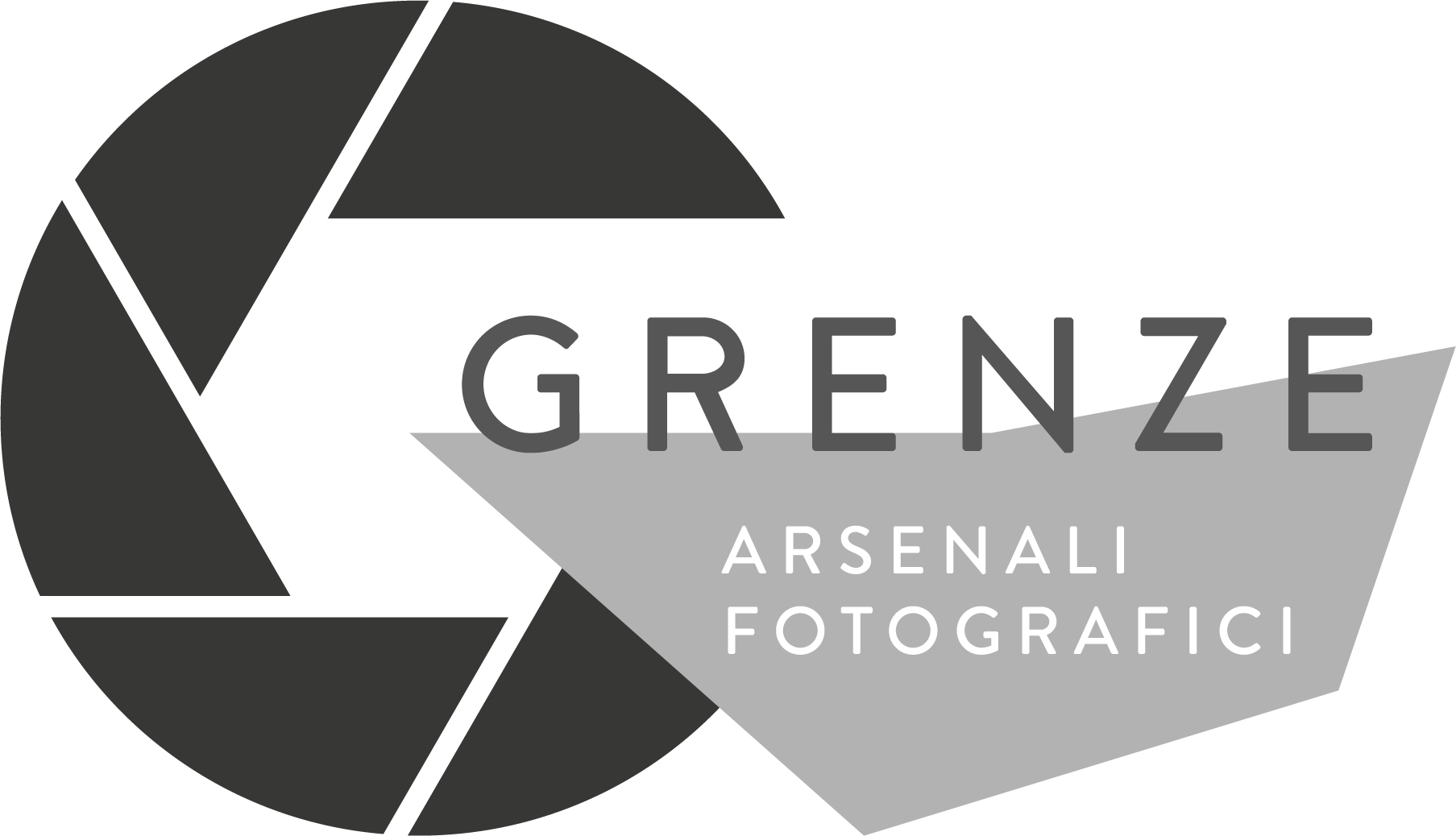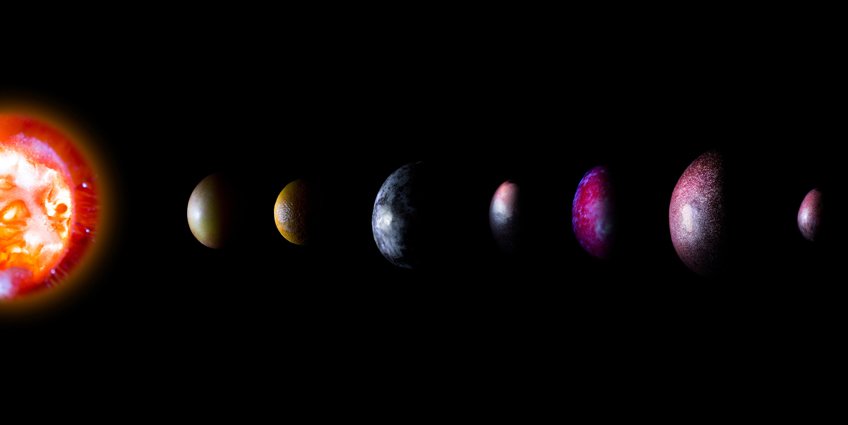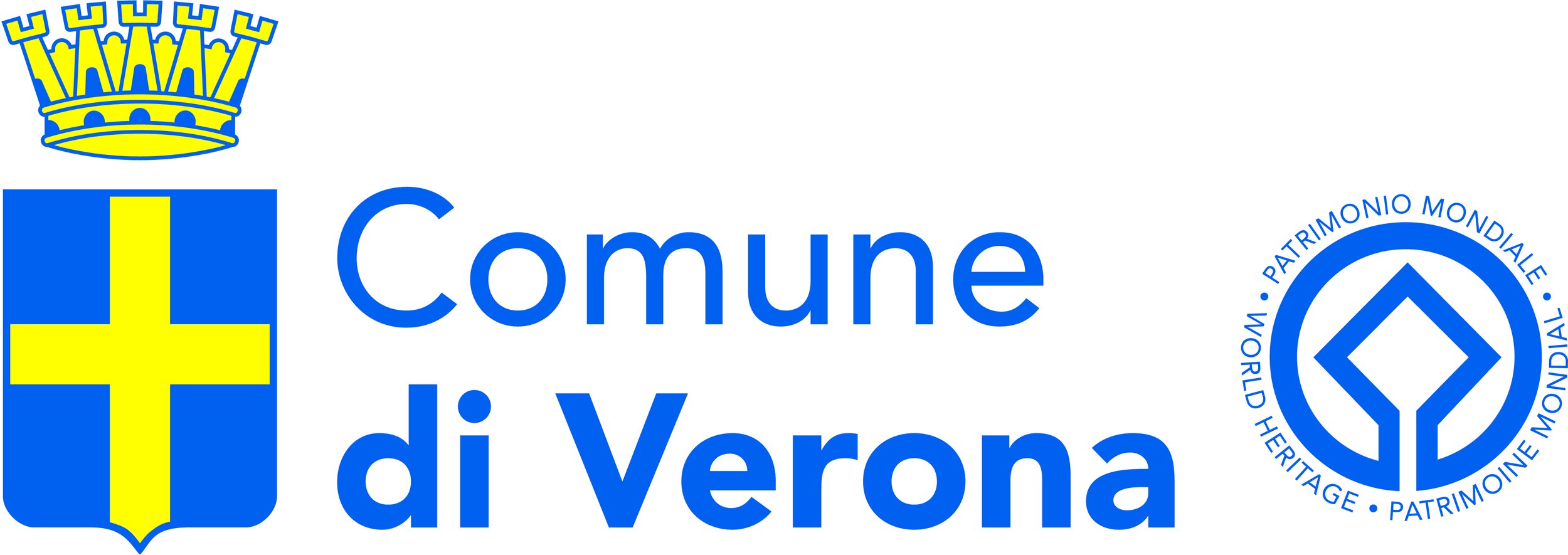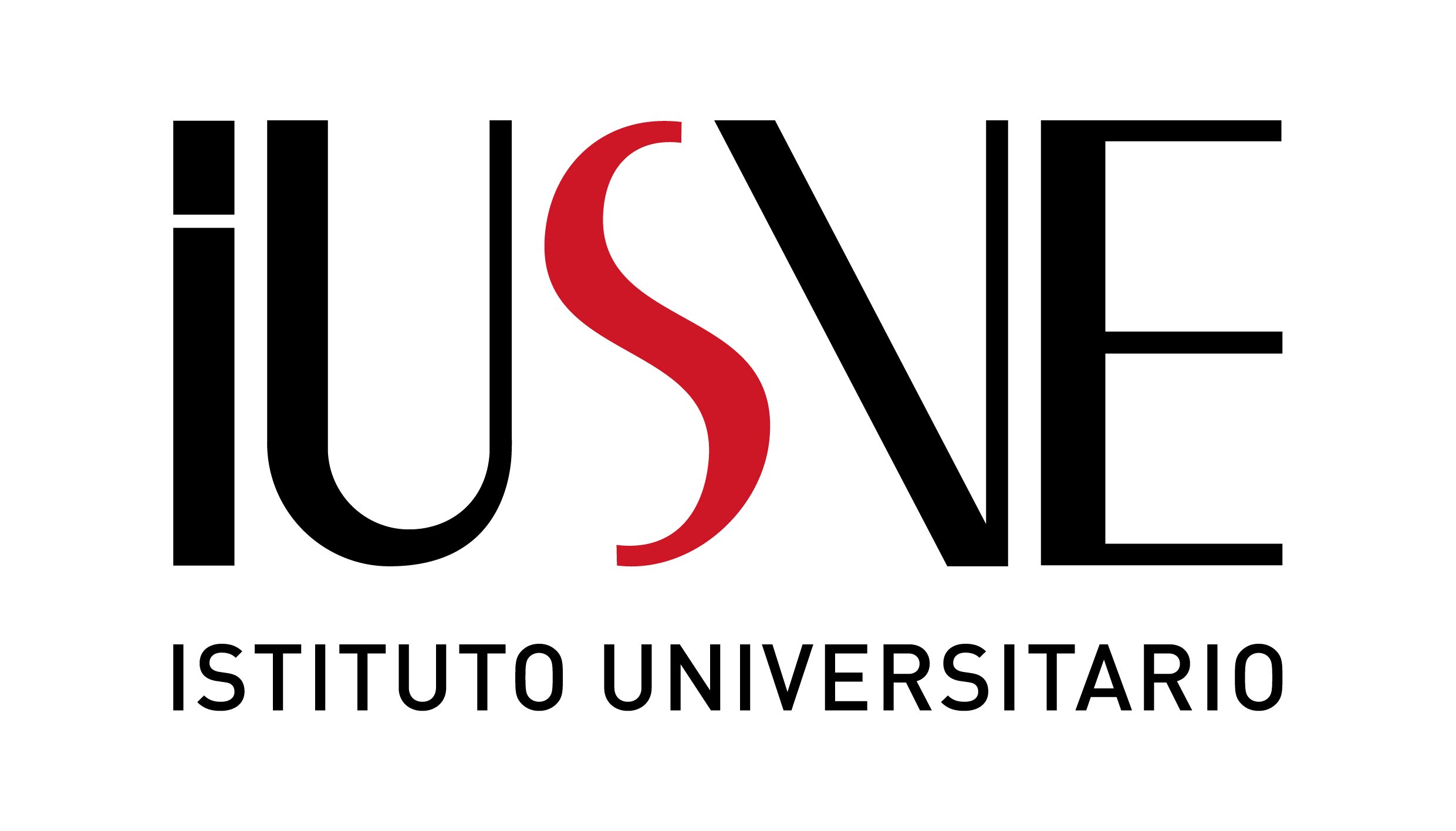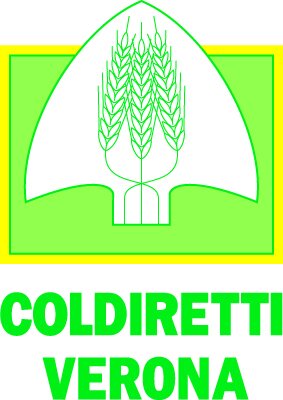Fantastic Voyage
Ormai ogni giorno viene annunciata la scoperta di nuovi pianeti extrasolari, rendendo chiaro che il nostro sistema non è qualcosa di speciale, ma uno tra i tanti, un piccolo puntino in un universo enorme.
Eppure c’è qualcosa che finora ci ha reso unici: la vita. Stiamo esplorando il cosmo, stiamo puntando telescopi sempre più potenti nelle sue profondità oscure a caccia di risposte, prima fra tutte: siamo soli?
Lo riteneva impossibile l’astronomo e astrofisico Frank Drake che nel 1961 formulò la sua famosa equazione. Questa sequenza di parametri permette di stimare il numero di civiltà extraterrestri data la grandezza dell’universo conosciuto. Ne risulta che è impossibile che la Terra sia l’unico pianeta ad aver sviluppato la vita. Ma allora, citando il paradosso del fisico Enrico Fermi, “se esistono perché non sono ancora qui?”.
Le ipotesi includono la difficoltà di sviluppo di una civiltà intelligente, la difficoltà di viaggiare nello spazio, la paura di essere attaccati da altri o la tendenza all’autodistruzione prima di riuscire a colonizzare lo spazio. Uno scenario deprimente.
Non esistono foto di esopianeti, ma soltanto l’attestazione della loro presenza ricavata da analisi sulla differenza di intensità delle loro stelle. Le immagini disponibili le dobbiamo soprattutto all’immaginario degli artisti.
In Fantastic Voyage Francesco Amorosino rende omaggio allo spazio, alla fantascienza e alla bellezza della vita sulla Terra. L’artista mescola le scoperte della Nasa con le storie di Isaac Asimov e crea interi sistemi solari solo con... frutta e verdura.
Simili a fotografie aeree, questi scatti inquadrano oggetti come pesche, pomodori, melanzane che si trasformano in pianeti e superfici misteriose da esplorare. Le immagini sembrano a volte provenire dall’interno del corpo umano, creando un collegamento tra micro e macro cosmo, omaggiando il film Fantastic Voyage da cui è tratto il titolo del lavoro.
Il progetto è composto da una serie di fotografie e da un’opera di videoarte realizzata in collaborazione con il compositore Stefano G. Falcone. Nel video possiamo seguire in soggettiva il viaggio di un ipotetico astronauta nell’esplorazione di vari pianeti alla ricerca della vita.
Se sia qualcosa di positivo trovare o meno altre creature intelligenti nello spazio è ancora tutto da stabilire. Intanto non dobbiamo dimenticare di rivolgere lo sguardo alla bellezza del nostro pianeta perché anche il più umile frutto è veramente straordinario.
Photo and video: Francesco Amorosino
Music: Stefano G. Falcone
Francesco Amorosino
Nato nel 1984 a Rionero in Vulture, vive e lavora a Roma come fotografo e artista visivo. Insegna in vari corsi e presso alcune accademie, come la DAM - Digital Arts and Media Academy, dove è titolare del corso in “postfotografia”. Dal 2017 gestisce il suo studio fotografico, il FotoStudio, dove organizza mostre e lezioni di fotografia creativa. La sua ricerca artistica, concettuale e intimista, è orientata a indagare principalmente la percezione della realtà, le tradizioni religiose, il mondo delle superstizioni e le tematiche del controllo e delle cospirazioni in ambito sociale e politico. Usa spesso la tecnica dello still life in chiave simbolica e in un’ottica di ibridazione postfotografica utilizza sia nuove tecnologie digitali, sia antiche pratiche analogiche di ripresa e stampa. Ha esposto in Europa, Asia e Stati Uniti e ha vinto diversi premi, tra cui nel 2016 il prestigioso Sony World Photography Awards nella categoria Still Life con il progetto Pomodori Migranti. In Media Res, uno dei suoi ultimi progetti (che prevede la stampa in camera oscura di alcune sue fotografie su frammenti di marmo), ha dato vita a delle “fotosculture”, esposte presso la Manifest Gallery di Cincinnati (Ohio) e la Candela Books + Gallery di Richmond (Virginia) che ne ha acquisita una per la sua collezione. Con questo lavoro ha, inoltre, vinto nel 2021 l’Ecco Echo Award, dedicato agli artisti che lavorano con l’immaginario dell’antica Roma.
Nel 2021 l’Istituto Italiano di Cultura di Belgrado, nell’ambito della XXI Settimana della lingua italiana nel mondo, intitolata Dante, l’italiano, e in occasione delle celebrazioni del settecentesimo anniversario della scomparsa di Dante Alighieri, ha presentato, con la mostra personale La Selva e le Stelle, una selezione di sue fotografie, accompagnate da alcune citazioni della Divina Commedia e dalle musiche del compositore Stefano G. Falcone.
__________________
EN Version
Almost every day the discovery of new exoplanets is announced, making it clear that our solar system is not something special, but one among many, a small dot in a huge universe.
Yet there is something that has made us unique so far: life. We are exploring the cosmos, we are aiming ever more powerful telescopes in its dark depths in search of answers, first of all: are we alone?
The astronomer and astrophysicist Frank Drake thought it impossible, and in 1961 he formulated his famous equation. This sequence of parameters allows us to estimate the number of extraterrestrial civilizations given the size of the known universe. As a result, it is impossible for the Earth to be the only planet to have developed life. But then, citing the paradox of the physicist Enrico Fermi, “if they exist why are they not here yet?”.
Some hypotheses include the difficulty of developing an intelligent civilization, the difficulty of traveling in space, the fear of being attacked by others or the tendency to self-destruct before being able to colonize space. A depressing scenario.
There are no photos of exoplanets, but only the attestation of their presence obtained from analyzes on the difference in intensity of their stars. We owe the available images above all to the artists' imagery.
In Fantastic Voyage Francesco Amorosino pays homage to space, science fiction and the beauty of life on Earth. The artist mixes the discoveries of NASA with the stories of Isaac Asimov and creates entire solar systems with only ... fruit and vegetables.
Similar to aerial photographs, these shots frame objects such as peaches, tomatoes, eggplants that transform into mysterious planets and surfaces to explore. The images sometimes seem to come from inside the human body, creating a link between micro and macro cosmos, paying homage to the film Fantastic Voyage from which the title of the work is taken.
The project consists of a series of photographs and a video art work created in collaboration with the composer Stefano G. Falcone. In the video we can follow the personal journey of a hypothetical astronaut in the exploration of various planets in search of life.
Whether or not it is positive to find other intelligent creatures in space is yet to be determined. Meanwhile, we must not forget to turn our gaze to the beauty of our planet because even the humblest fruit is truly extraordinary.
Francesco Amorosino
Born in 1984, I grew up in Rionero in Vulture, in the South of Italy. I live in Rome where I work as a photographer, journalist and photo guide and I teach in courses of photography for adults and children. I'm the owner of il FotoStudio, a photo studio where I organize also exhibitions and courses. I teach at Centro Romano di Fotografia e di Cinema. I got a three years Master in Photography in Rome at Scuola Romana di Fotografia (now Centro Romano di Fotografia e di Cinema) and a two years Masters in Journalism at Università della Basilicata. Most of my personal projects deal with the issue of what is and what is not real, or better, what people think it is or not real. Superstitions, religions, conspiracies, freedom and rights: these are some of the topics of my research. I’m also interested to see how these issues are related to specific territories, moving along the borders of documentary photography. I'm the 2016 Sony World Photography Awards winner in Still Life category. In May 2015 I won an artist residency in Northern Italy with Magnum photographer Alex Webb to document the Langhe area and there the project “Il Libro del Comando” started. This work was among the finalists at the 2015 Lensculture Visual Storytelling Awards. The dummy of the book was among the finalists of Cortona on the Move dummy award; DOCfield dummy award Fundació Banc Sabadell; Vienna Photobook Festival dummy award. With the dummy of "The Rome guide for terrorists" in 2013 I won the "Open your books" Award for the best self-published book at Sifest in Savignano sul Rubicone and in 2015 with a new updated dummy I was among the finalists of the Unseen Dummy Book Award in Amsterdam and among the of the Call for Books Award at Encontros da Imagem in Braga, Portugal. I’ve also participated in several exhibitions not only with my photos but also with my drawings, paintings and sculptures. Lately I'm experimenting with videoart and AudioVisual Live Performance thanks to the collaboration with composers and musicians.
